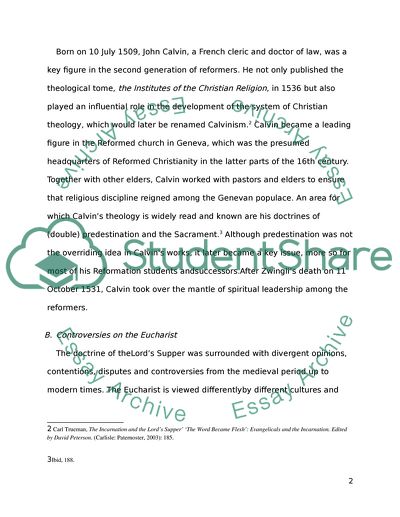Cite this document
(“John Calvin's doctrine in eucharist Research Paper”, n.d.)
John Calvin's doctrine in eucharist Research Paper. Retrieved from https://studentshare.org/religion-and-theology/1635788-john-calvins-doctrine-in-eucharist
John Calvin's doctrine in eucharist Research Paper. Retrieved from https://studentshare.org/religion-and-theology/1635788-john-calvins-doctrine-in-eucharist
(John Calvin'S Doctrine in Eucharist Research Paper)
John Calvin'S Doctrine in Eucharist Research Paper. https://studentshare.org/religion-and-theology/1635788-john-calvins-doctrine-in-eucharist.
John Calvin'S Doctrine in Eucharist Research Paper. https://studentshare.org/religion-and-theology/1635788-john-calvins-doctrine-in-eucharist.
“John Calvin'S Doctrine in Eucharist Research Paper”, n.d. https://studentshare.org/religion-and-theology/1635788-john-calvins-doctrine-in-eucharist.


